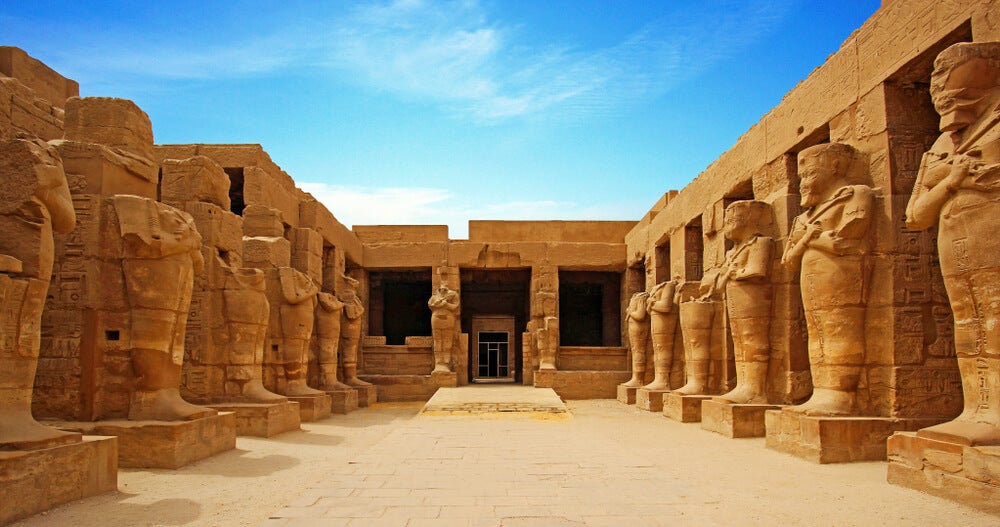Sobekneferu, also known as Neferusobek, or “The Beauties of Sobek,” is the first queen of Egypt officially classified by research as the ruler of the ancient empire.
The term accepted by convention to refer to an Egyptian queen is woman-pharaoh or queen-pharaoh, so this is the correct way to call a queen of Egypt.
- As one who leads and leads the way and.
- Above all.
- Like any woman who assumes a role normally assigned only to men.
- The story of Sobekneferu’s life is full of surprising and powerful facts that serve as strong inspiration.
In addition, a strong personality, determination, robust intelligence and technical ability were necessary for this woman to lead an empire, both prosperous and complicated, since it was classically in the hands of the pharaohs.
Sobekneferu was the last ruler of the twelfth dynasty, temporarily located at the end of the Middle Kingdom.
She was the youngest of Amenemhat III’s daughters. An older sister, Neferuptah, seemed interested in power before Sobekneferu and, although she was destined to take the throne, died before her father, without inheriting the throne.
Egyptologists attribute this king to three years and ten months; during this time, the Queen has achieved relatively important achievements related to her nation’s architecture: she greatly expanded the Amenemhat III Funeral Complex (now known as the Herodotus Maze) and promoted relevant buildings to Herakleopolis Magna.
In the surviving records of her reign, it is observed that she was a woman of a firm character and an unwavering attitude. His strength of character, courage and, above all, his intelligence and concern for the government have allowed him to be portrayed in history as one of the most important rulers of the Egyptian Empire.
Some of Sobekneferu’s most characteristic features were his bravery and commitment, distinguishing himself as an honorable and respected leader in a world of male drivers, however, he is also distinguished by his great breach of the gender standards of the time.
In this sense, and despite speculation generated by Sobekneferu’s performances dressed in men’s suits, Egypt’s first queen has never stopped using female suffixes in her titles, something not all Egyptian leaders agreed with.
In an effort to normalize the role of women in the highest power and then assimilate the symbols of femininity and masculinity, there are several portraits and statues depicting her in very unusual garments and tools (crowns and falcons).
At a time when, as many experts say, the female sex was often considered a cause for shame, there is no reason to believe that Sobekneferu wanted to impersonating a man.
Perhaps her tendency to feminize accepted symbolism as exclusively male was the result of her attempts to appease critics of her reign, so she avoided giving up female leader status.
During ancient Egypt, every king’s aspiration was to traverse history as a pharaoh in the most traditional sense; something that, necessarily?cultural tradition?this involved the use of certain symbols of masculinity.
Thus, the combination of masculine and female traits in her public appearances can be explained as a mechanism to establish he himself as a classical and venerable pharaoh, but with the peculiarity of having been a woman.
Although the tomb of Egypt’s first queen has not yet been discovered, we can recognize that it was an example of strength and overcoming, and of fighting for gender equality.
We can all be kings, leaders of our lives, leaders of our destiny. Like Sobekneferu, an unwavering will and a fighting ability is all we need to build our place in world history.

